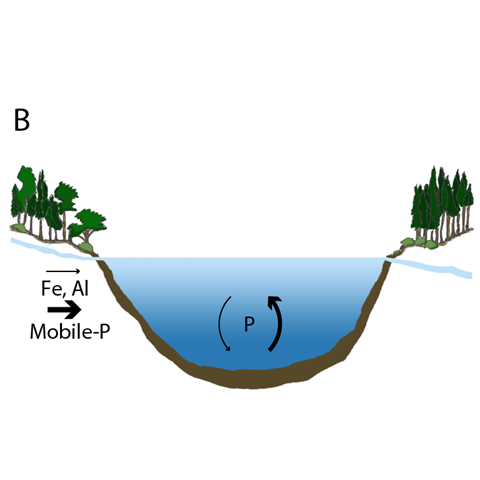To increase restoration success in lakes with excess internal phosphorus loading, our understanding of the mechanisms driving internal phosphorus cycling needs to improve.
The objective of this study is to develop new insights into factors controlling the mobility and cycling of sediment phosphorous in lakes and to apply this knowledge in the development and implementation of credible, achievable management plans. To accomplish this we will:
- determine degradation rates of different organic phosphorous forms in lake sediment,
- link sediment chemistry and phosphorous fractions to internal loading, and
- develop a mechanistic model for simulating internal phosphorous cycling in lakes.
This project will address critical knowledge gaps for the sustainable management of legacy phosphorous, which will allow us to develop tools for lake managers to better estimate internal loading of phosphorous in lakes and reduce the risk for restoration failures in the future.
